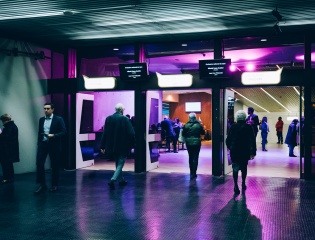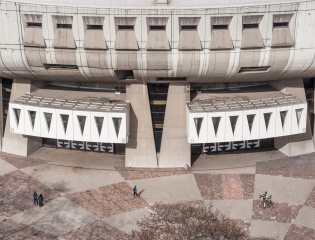Programmation
Fanfare pour le Carrousel royal
Caprice de Villers-Cotterêts (extraits)
Te Deum, H 146
Te Deum, LWV 55
Distribution
A hymn of praise for festive occasions Te Deum has inspired works by many different composers. Charpentier’s version is the most well-known, with its famous brass introduction; for many years it was the theme of the Eurovision. The work celebrates the decisive victory of Louis XIV’s armies over the Grand Alliance, hence its martial and triumphal character and large-scale magnificence: soloists, mixed choirs, grand orchestra, including trumpets and timpani. Lully’s Te Deum, which for some unknown reason is performed less often nowadays, was considered during his lifetime as the ultimate performance piece at the Court of Louis XIV. A symbol of the “grand motet” in vogue at Versailles, the language of which was imposed by Lully, it was inspired by less bloody events: it was premiered in 1677 for the christening of Lully’s son – the king had granted him the distinguished honour of becoming godfather. Ironically, it was when conducting the work again in 1687, to celebrate the king’s recovery from ill health, that Lully struck himself in the foot with his conducting staff. Gangrene set in and Lully died a few months later.
En coréalisation avec le Festival d’Ambronay.



